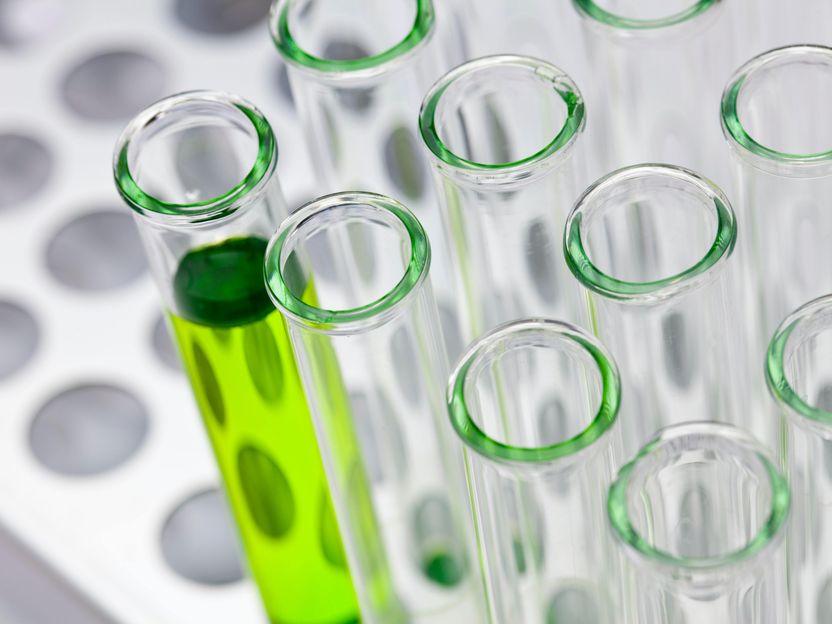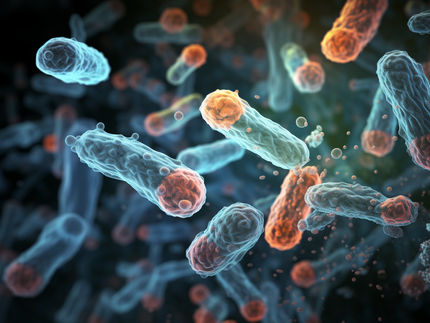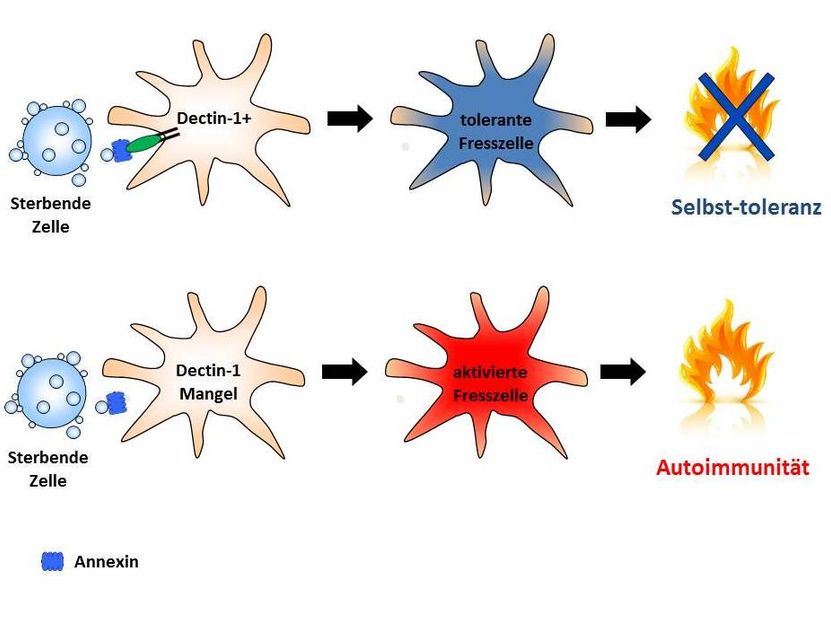Evolution in a test tube: these bacteria survive on deadly copper surfaces
Tiny survivalists in the lab produced and more closely studied
Even the descendants of regular bacteria can evolve to survive for a long time on metallic copper surfaces that would usually kill them within a few minutes. An international research team led by the Martin Luther University Halle-Wittenberg (MLU) and the Institute of Microbiology of the German Armed Forces has succeeded in producing these tiny survivalists in the lab and has been able to study them more closely. The researchers describe their work in “Applied and Environmental Microbiology” and provide indications as to how this development could be prevented.

Symbolic image
Photo by Bill Oxford on Unsplash
Bacterial infections are usually treated with antibiotics. However, in recent decades many pathogenic bacteria have developed an increasing tolerance to common drugs. So-called multidrug-resistant bacteria are of particular concern as they can no longer be combated with most antibiotics. Copper surfaces - for example on door handles - are a good weapon to fight these germs. “Copper surfaces are a sure-fire way to kill bacteria. Most bacteria die within minutes after landing on a copper surface,” explains Professor Dietrich H. Nies, a microbiologist at MLU. Copper is a vital trace element for bacteria – but only in very small quantities. On the copper surfaces, however, the bacteria are literally flooded to death with copper ions because that they can no longer stave them off using their normal defence strategies.
Nies’ research team wanted to find out if and how quickly two typical species of bacteria, Escherichia coli and Staphylococcus aureus, are theoretically able to adapt to survive on copper surfaces. The team therefore placed the bacteria on the surfaces for only a few minutes before returning them to a normal culture medium where they were allowed to recover. This process was repeated several times, with the survivors gradually being exposed to the deadly surface for longer and longer periods of time. Within three weeks, the researchers had produced bacteria that could survive for more than one hour on a copper surface. “Outside the laboratory, conditions are obviously not as ideal. But if copper surfaces are not cleaned regularly, insulating layers of grease can begin to form on them, which could produce a similar development over time,” says Nies.
Using comprehensive genetic analyses, the team sought to understand why the bacteria no longer died on the surfaces. “We were unable to find a gene that made them resistant to the deadly effect of metallic copper surfaces,” says Nies. Instead, the team observed a phenomenon among the surviving bacteria that was already known for quite some time, although in a slightly different manner: the bacteria’s metabolism slowed down to a bare minimum and they fell into a kind of hibernation. Because most antibiotics aim to disrupt the metabolism of growing bacteria, they are almost completely ineffective against these special bacteria, which are also known as “persisters”. “No matter how well an antibiotic works, there are always a handful of persisters in every generation,” explains Nies. However, these are not considered antibiotic-resistant bacteria, because their offspring are once again susceptible to the drugs.
Normally only a tiny proportion of bacteria become persisters. However, in the case of the isolated bacteria, it was the entire population. Although they were able to grow just as fast as their predecessors, they were also able to rescue themselves by switching rapidly into an early state of persistence under adverse conditions. The scientists were concerned one additional thing they observed: “The bacteria also inherited this capability over 250 generations, even though the offspring had not come into contact with a copper surface,” says Nies. The team therefore recommends that copper surfaces be cleaned regularly and thoroughly with special agents so that no persister bacteria can develop in the first place. At the same time, Nies points out that the use of copper surfaces is only one of many ways – including antibiotics – to effectively combat harmful bacteria.



























































